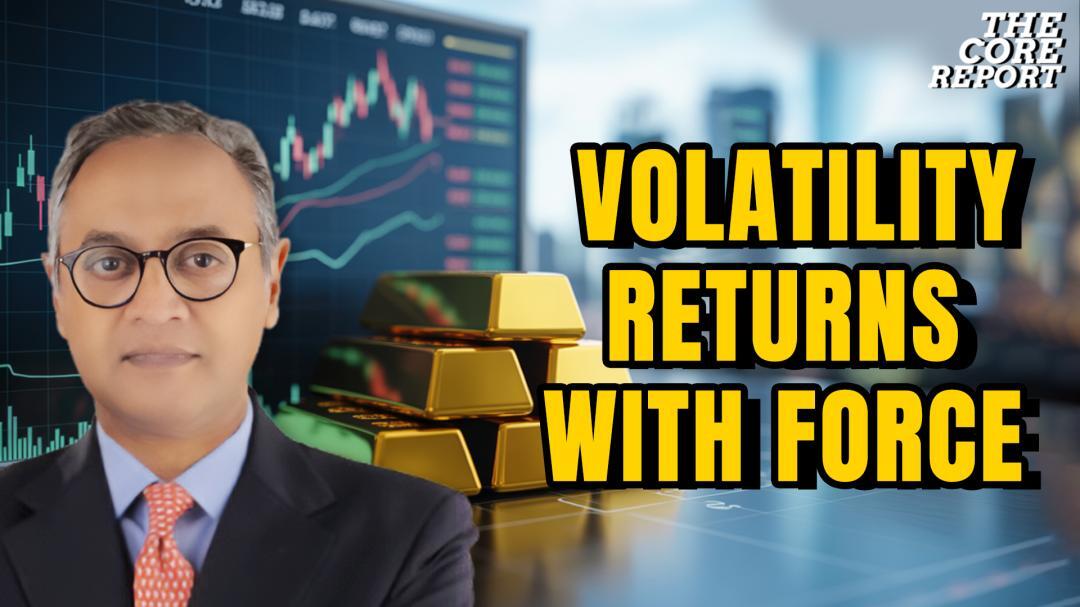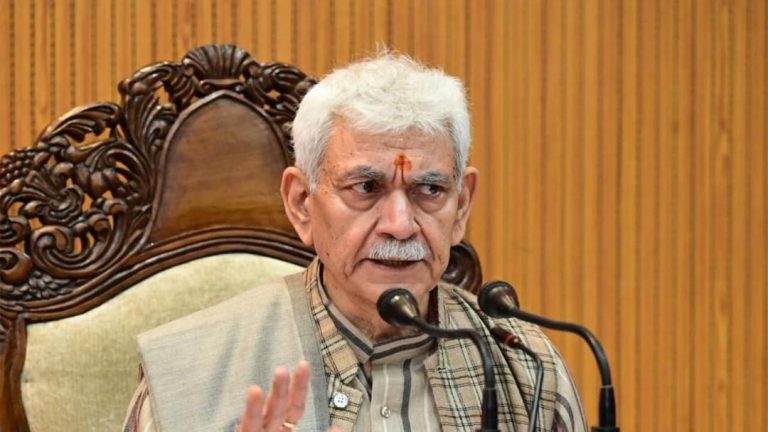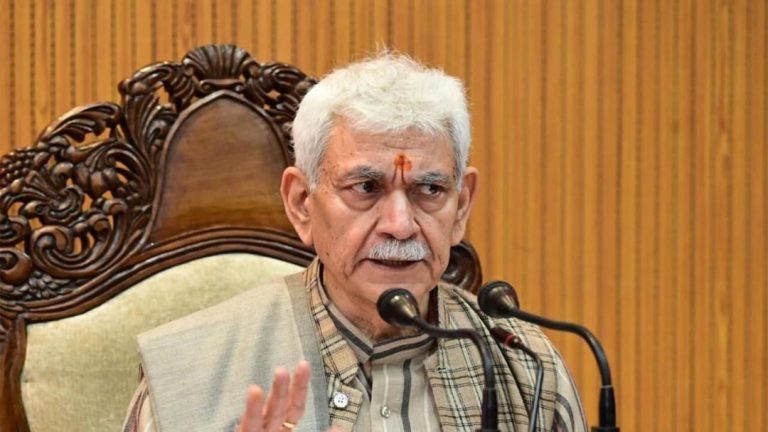
Are markets entering a riskier new volatility cycle?
The global financial markets are bracing themselves for a potentially tumultuous period as investors grapple with conflicting signals from various regions. On one hand, the US is experiencing an unprecedented boom in the Artificial Intelligence (AI) sector, which has sparked intense debate about its sustainability. On the other hand, India is struggling to reconcile its robust macroeconomic fundamentals with a sluggish earnings revival, amidst uncertainty surrounding trade deals. Meanwhile, the Indian rupee has hit a record low, exacerbating cross-border stress and amplifying market anxiety. As trader sentiment shifts and momentum becomes increasingly fragile, the question on everyone’s mind is: are markets entering a riskier new volatility cycle?
The AI boom in the US has been a major driver of market growth, with tech giants like Google, Amazon, and Microsoft leading the charge. However, some investors are beginning to question the durability of this trend, citing concerns about regulatory oversight, talent acquisition, and the potential for AI to disrupt traditional industries. This skepticism has led to a split among investors, with some opting to take profits and others choosing to stay invested, hoping to ride out the wave. As a result, market volatility has increased, with sudden and sharp swings in stock prices becoming more frequent.
In India, the story is more complex. The country’s macroeconomic fundamentals are strong, with a growing economy, low inflation, and a significant reduction in fiscal deficit. However, the earnings revival has been slow, and trade deal uncertainty has added to the mix. The Indian government has been engaged in protracted negotiations with the US, the European Union, and other trading partners, seeking to secure better terms for its exporters. While these efforts have yielded some positive results, the overall impact on the economy remains uncertain. The recent downturn in the automotive sector, for instance, has raised concerns about the broader health of the manufacturing industry.
The record-weak rupee has further complicated matters, as it has made imports more expensive and exacerbated cross-border stress. A weak currency can be both a blessing and a curse, as it makes exports more competitive but also increases the cost of imports. In India’s case, the rupee’s decline has made it more challenging for companies to import raw materials and components, leading to higher production costs and reduced profit margins. This, in turn, has affected investor sentiment, as they worry about the potential impact on corporate earnings and the overall economy.
Shifting trader sentiment and fragile momentum are also contributing to market unease. As investors become increasingly risk-averse, they are quick to sell their holdings at the slightest hint of bad news. This has created a self-reinforcing cycle, where market downturns become more pronounced, and recoveries are slower and more tentative. The lack of clear direction from policymakers and regulators has added to the uncertainty, as investors struggle to anticipate the next move.
The implications of this riskier new volatility cycle are far-reaching. For investors, it means being prepared for sudden and unexpected market movements, and having a robust risk management strategy in place. For policymakers, it requires a delicate balancing act, as they seek to stabilize the economy while avoiding measures that could exacerbate the volatility. For companies, it means being adaptable and resilient, as they navigate the challenges of a rapidly changing market environment.
In conclusion, the markets are indeed entering a riskier new volatility cycle, driven by conflicting signals from the US and India, as well as shifting trader sentiment and fragile momentum. The record-weak rupee and cross-border stress have added to the mix, creating a perfect storm of uncertainty and anxiety. As investors, policymakers, and companies navigate this challenging landscape, they must be prepared for sudden twists and turns, and remain vigilant in the face of an increasingly unpredictable market environment.
To stay up-to-date with the latest developments and insights, watch the full video at: https://youtu.be/LWoopsSSxHQ
News source: https://youtu.be/LWoopsSSxHQ






